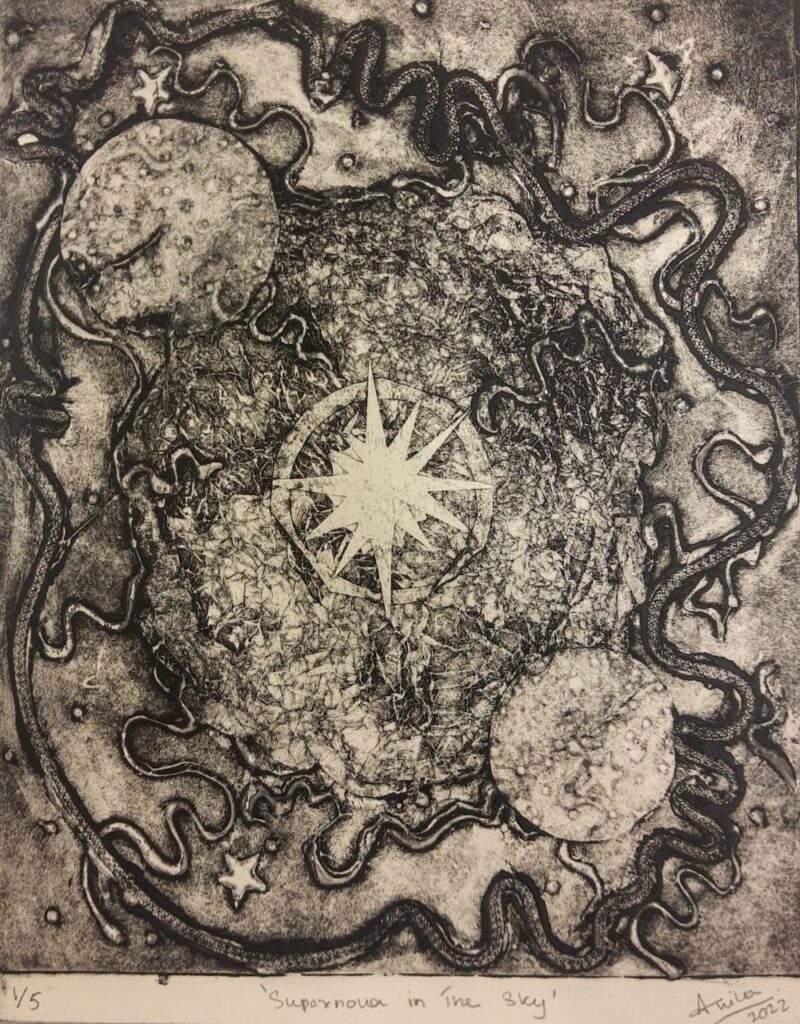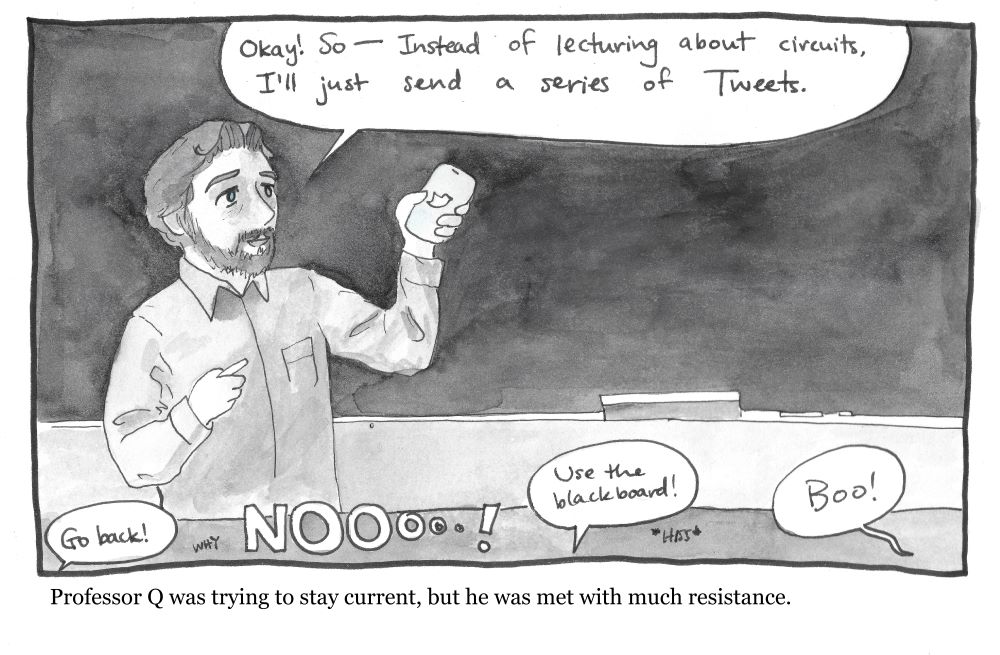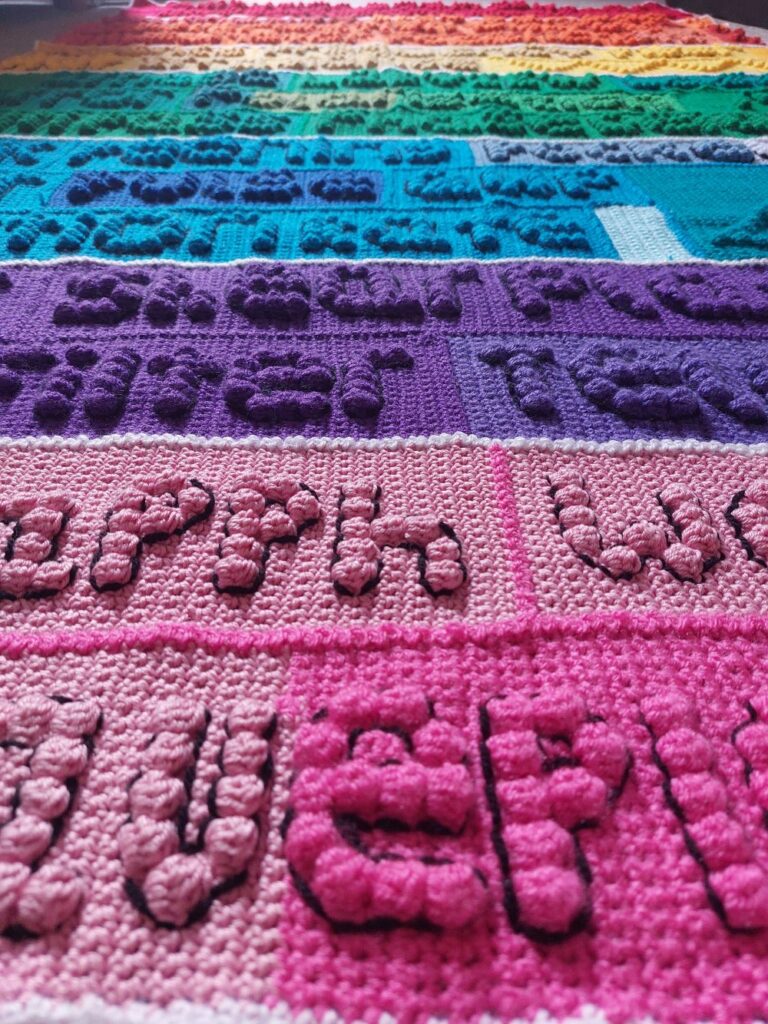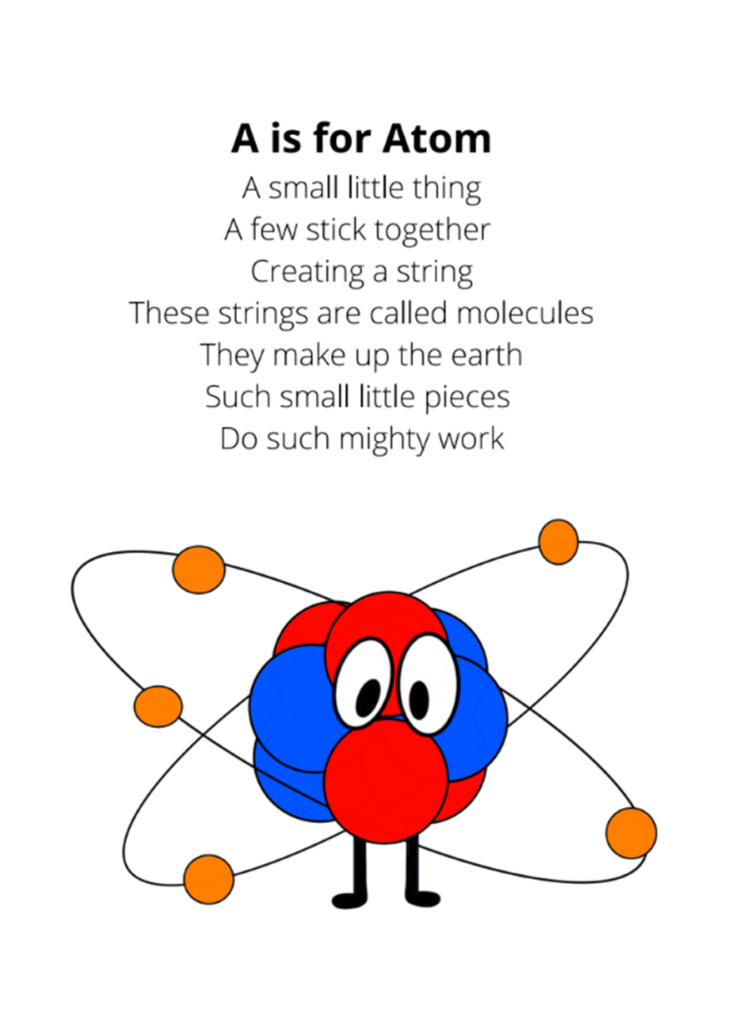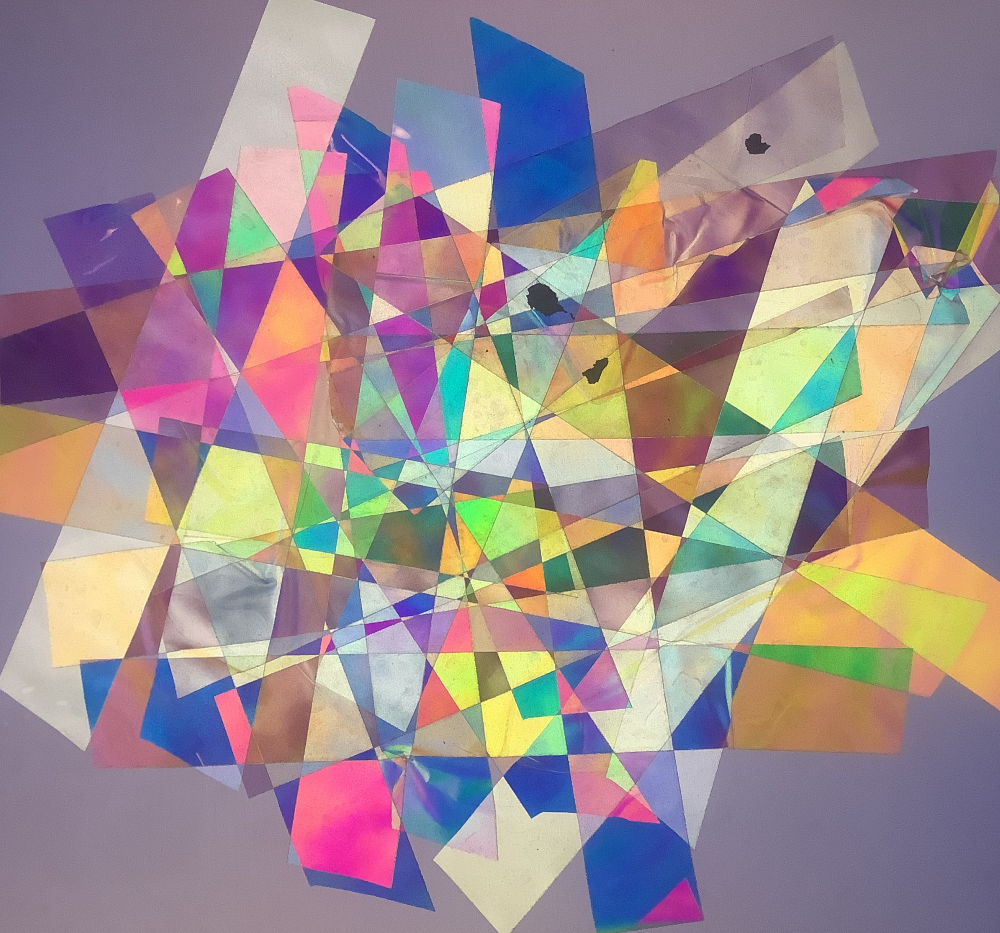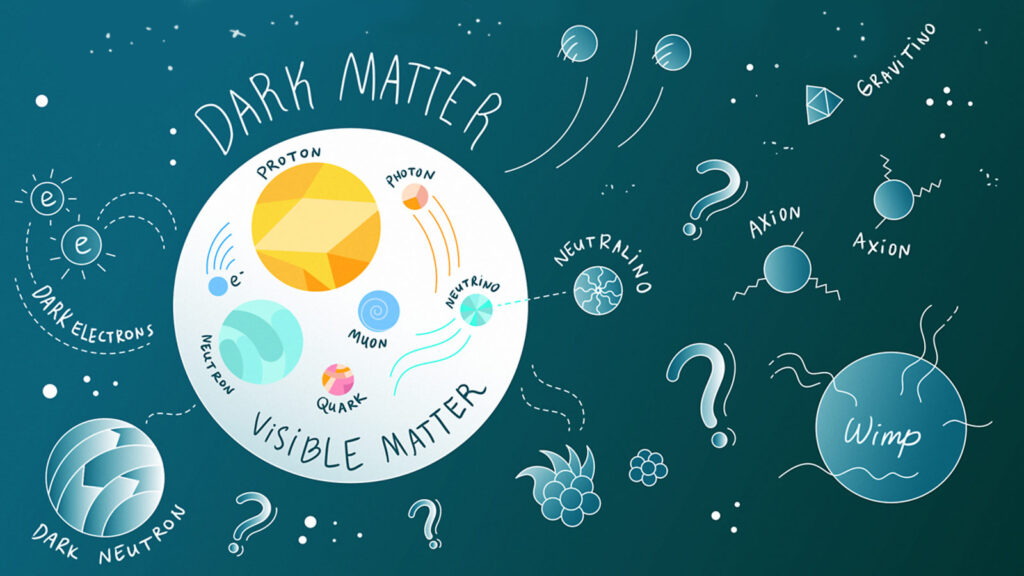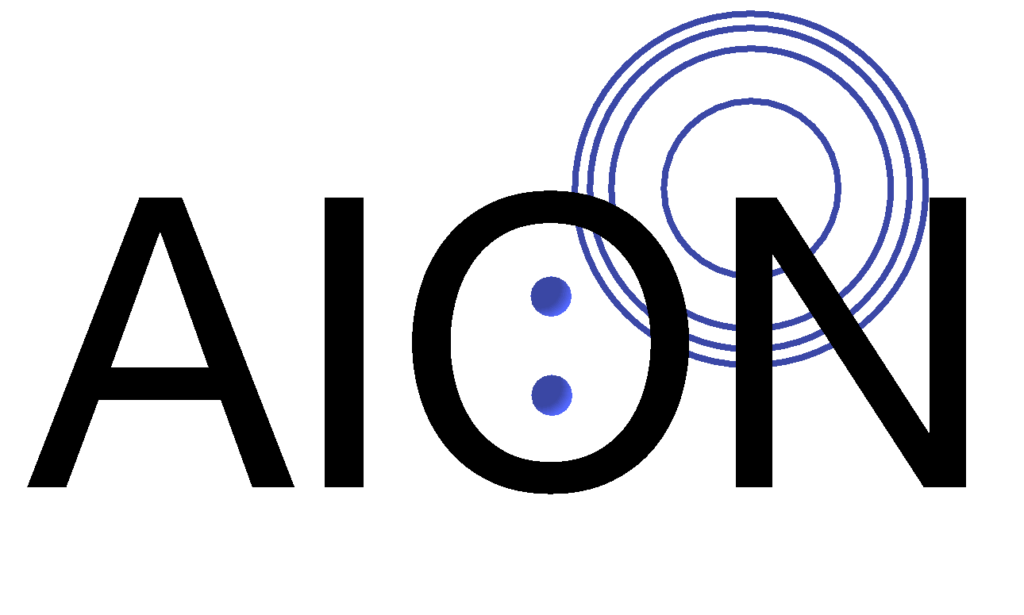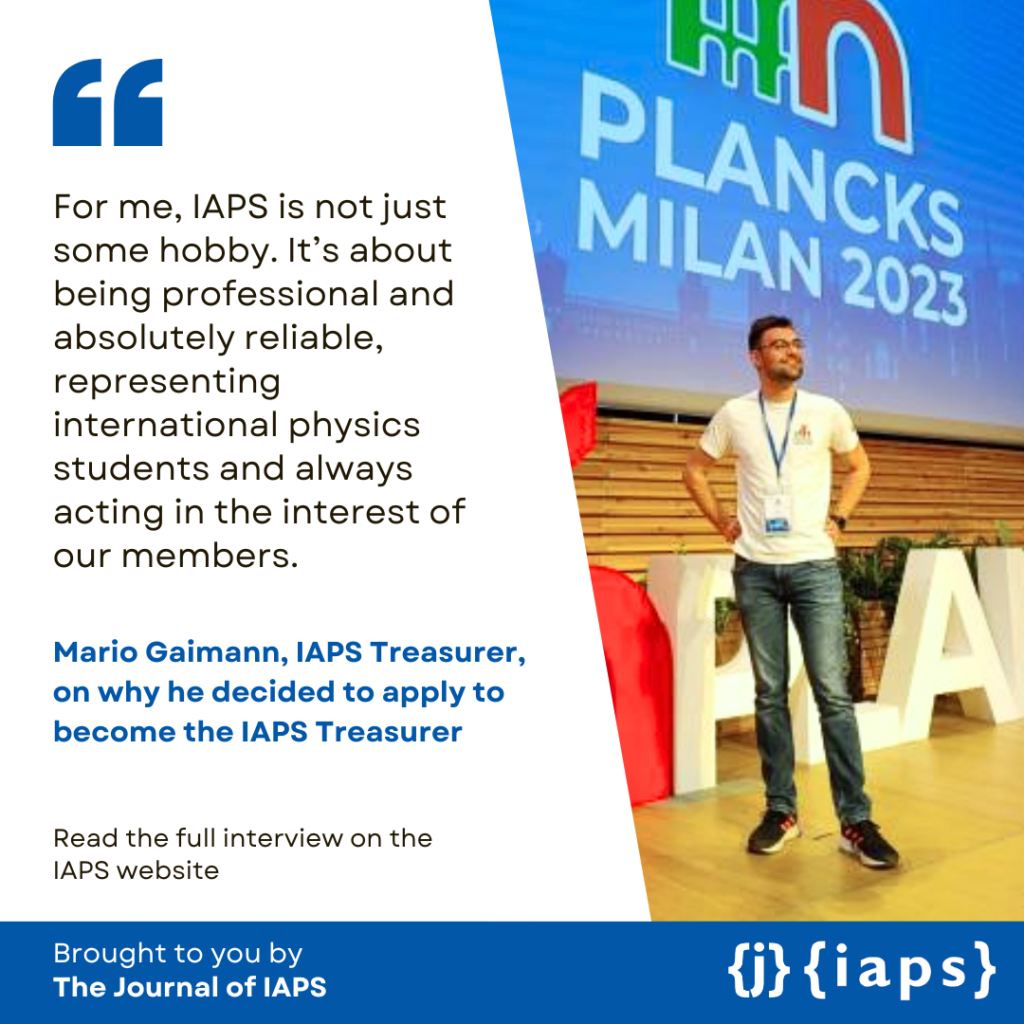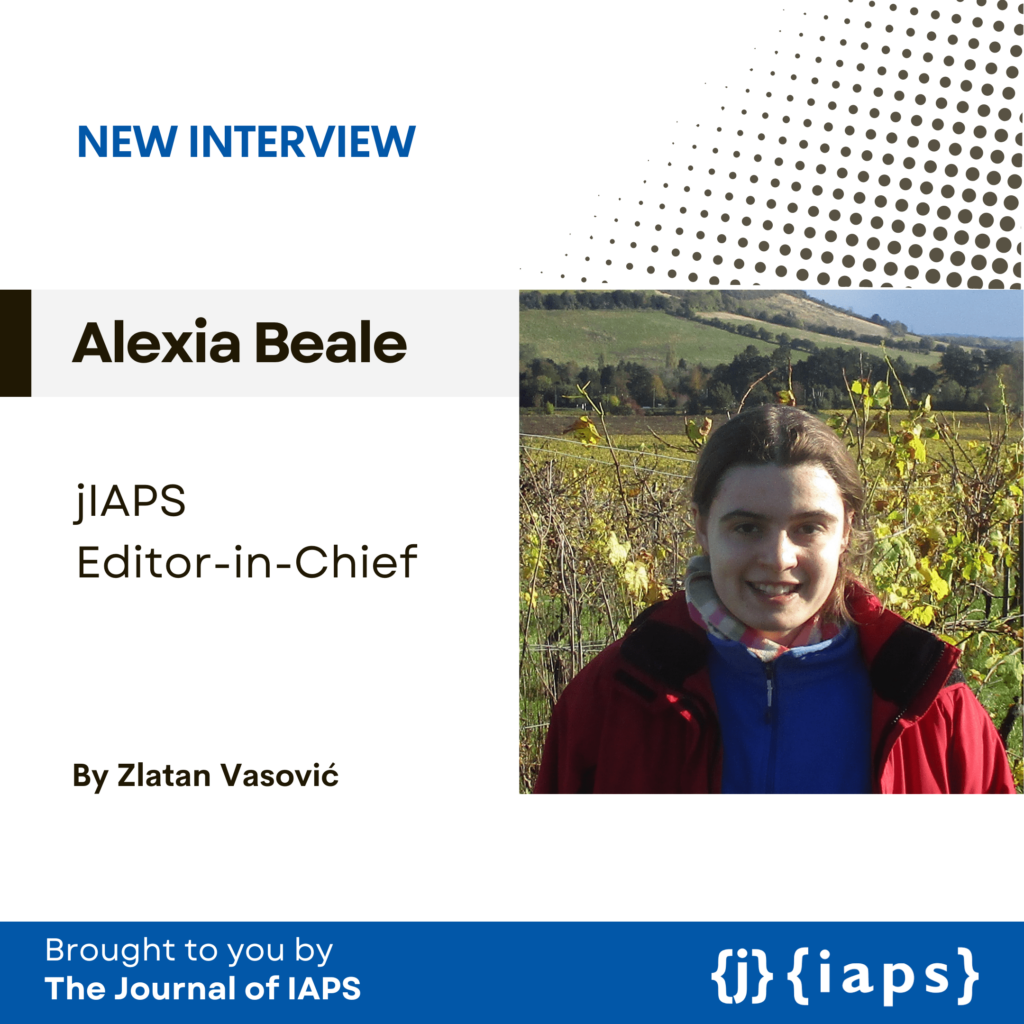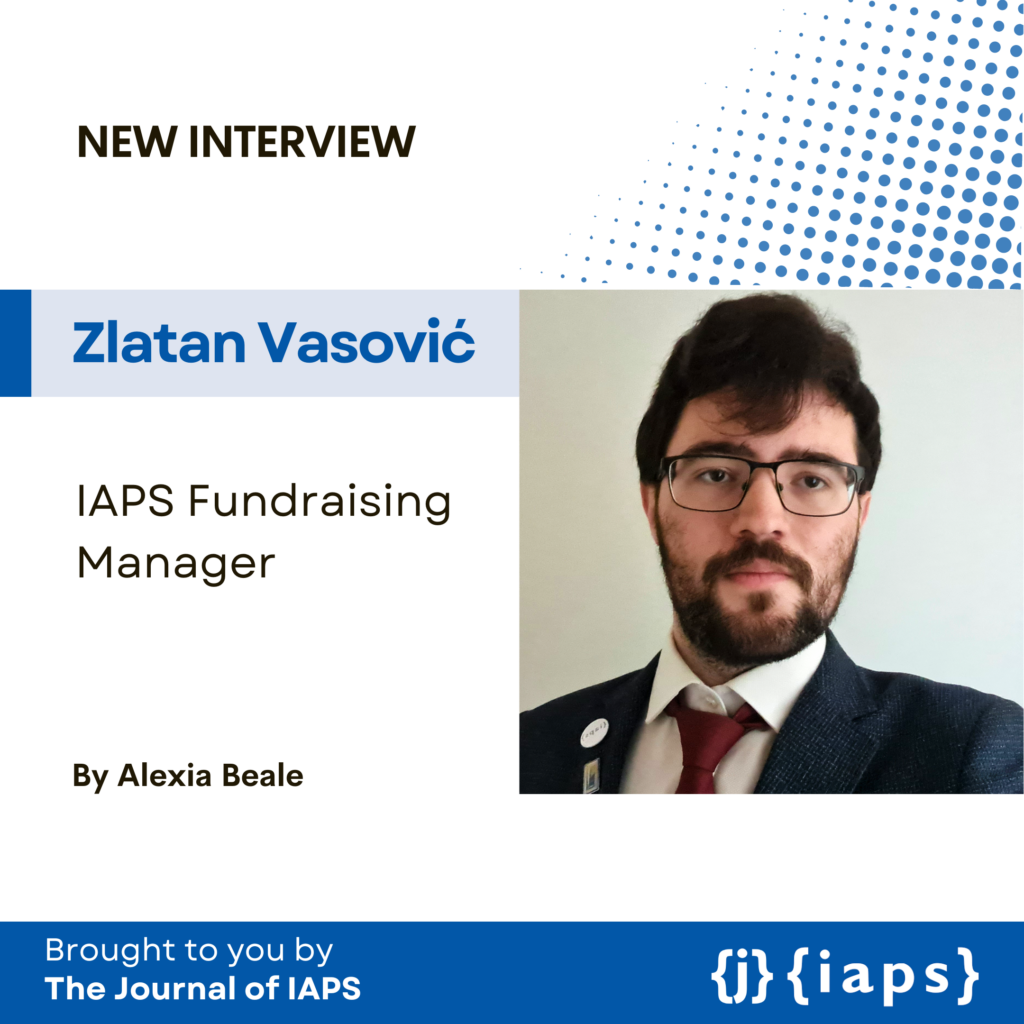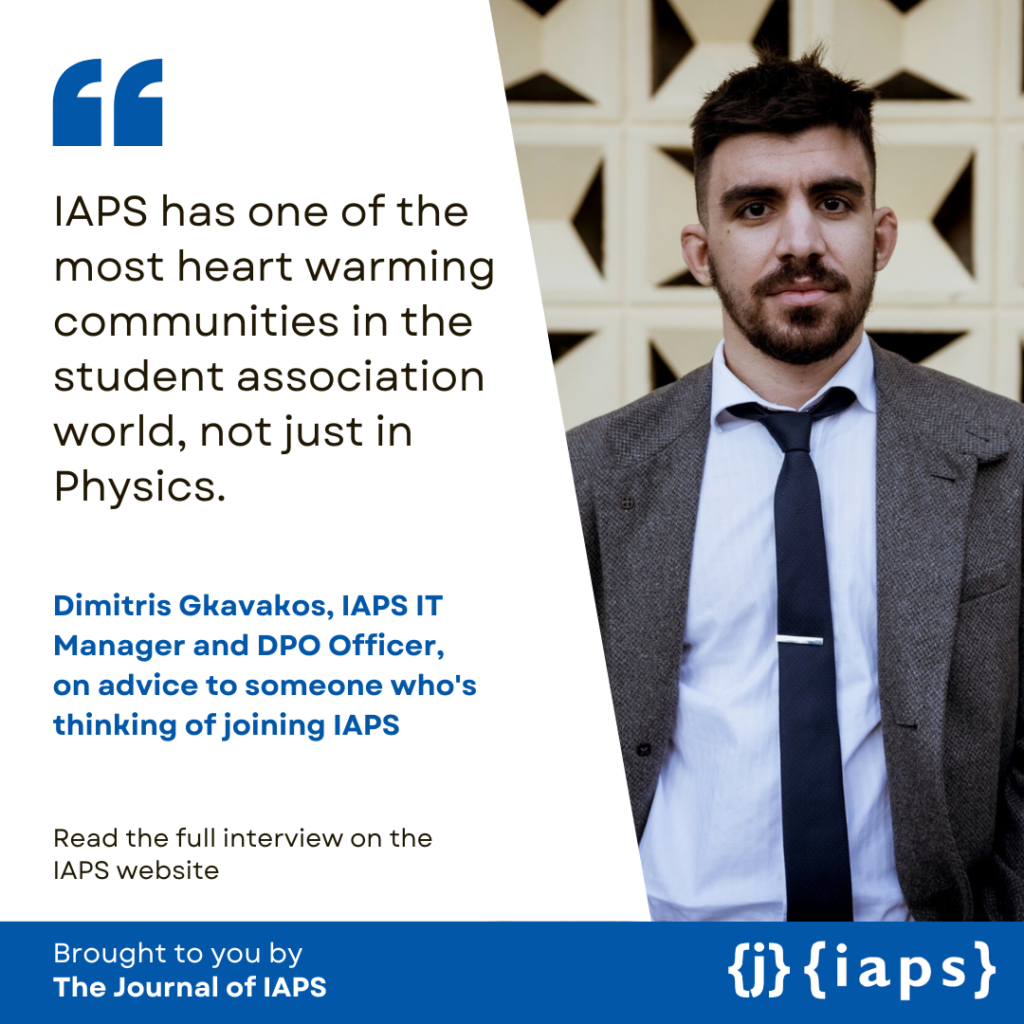Author: 🇩🇴 Enrique Casanova, Dominican Republic
Illustrated by: Juan Iribarren, Argentina
Why does it feel like being a scientist is so heavy? Why do science students get so stressed and exhausted? Why do students have a greater tendency to feel dissatisfied with studying, even when it is a subject that they really like?
We live in a world of supply and demand; this is the law to move markets from low prices to high prices and vice versa. Being a variable dependent on human need and whim, this “law” is applicable not only in the economy but also to humans themselves. It even applies to those peculiar and strange people with a little more curiosity, with a little more desire to discover, and with a little more ambition than the rest of the people.
Scientists (also including science students) have gone through different stages throughout history, allowing themselves to be directly or indirectly influenced by society and the human demand given in a certain period of time. From the need for inventions for the great kings to the creations of weapons for the greatest wars, all the demand for new knowledge was (and is) rooted in the main power (or powers, I’m not just talking about the state) – the same one that pays scientists with funds.
Today, there is much more freedom for the researcher. They can even choose research topics to suit their own preference in most cases.
Is this then a total victory for today’s scientist?
Well to put it short:
no…hopefully…
We are facing a second problem, which is not directly related to humans; rather it is like the spoiled child who grows very fast and reaches us in height, believing in the long run that he can control us so that we buy him his favorite sweets. Frankly, there are times that it manages to manipulate us, taking away hours of sleep and motivating us to procrastinate, watching videos of kittens.
Technology is the most perfect human creation to satisfy needs: health, water services, electricity, telephones, and endless other things, all to please us. Of course, not all humans have the same facilities to acquire technology, this being the case, unfortunately, of people with few resources or by countries that have more control over the free market.
Believe it or not, technology has not always been in our days, and it is not essential for the survival of us as living beings; although it is totally true that we have placed ourselves at the top, being the dominant living being (on the surface at least) of the planet. We dominate thanks to this, but many times technology dominates us.
Really, in my opinion, that it “dominates” us sometimes is not the real problem in today’s society. Since depending on the habits of the person, they would not necessarily see technology as dominant or something dependent on their life, but as a tool. So the fundamental problem is the exponential advance which shapes our way of living. Simplifying, the individual may not be dominated by technology, but society and science are dependent on it. This is what I wanted to get to, then we are forced to learn to use it, since the value of the individual in society increases by the technologies that they know how to use, and in science the same thing happens.
The value of the scientist can then be subdivided into two categories:
- Specific and general knowledge of their area.
- Technological, say instrumental, knowing how to manipulate and create devices, or software such as programming languages.
The first is theoretical knowledge, whence its value is highest in theoretical sciences, as well as in pedagogy. This was the prevailing value for a long time. Everyone in their time was dying to see and listen to Richard Feynman giving a lecture on physics, or to read about the debate on Bohr’s quantum physics and Einstein’s relativity. The main characteristic of this class of scientists is creativity. Having knowledge without creativity is totally utilitarian.
While on the other hand, the alternative class of scientists is utilitarian, specializing in having knowledge and knowing how to maximize utility on scientific or technological tools whose main purpose is for development.
The two classes are totally necessary and essential when it comes to research in science. Some clear examples of this type of progress are the European countries: Germany, Switzerland, England, etc. and a clear counterexample is our country (the Dominican Republic). It has great theoretical minds but very few experimental minds due to lack of investment in laboratories and equipment.
The great demand for theoretical but more technological scientists, with a wide range of empirical knowledge and a wide range of experience, is useful for developing experiments and for organizing computational information, including skills such as several languages, good communication, as well as writing and so on. I could fill this page with all the characteristics, skills, aptitudes, and attitudes that make up a good scientist today. This great change in the last 250 years in human development has generated and will continue to generate a constant and heavy stress on today’s students of science, especially, in my opinion, those of physics.
Physics is the science that mixes with all of them to a greater extent. For thousands of years it was only mixed with mathematics, but as things progressed over time, physics became the most interconnected science of all, being then the deepest, in the sense that it always seeks the great questions of existence and the primordial rules of the cosmic dance. Therefore, the physicist has to study not only physics and mathematics, but in general a bit of each of the basic sciences, since physics applies directly to the others. Of course, we are talking about the “good scientist”, that is, the most demanded physicist in the scientific market.
And so…?
The group of ideas raised previously, makes it clear to us the problem and the main reasons why the science student does not feel very comfortable with science. Even in the classes the teachers demand us as if we had all the free time to do their homework and practices, they falsely think that we do not make an effort to learn. Knowledge and technology advance faster than the human understanding of how it advances. It is heavy having to learn about something while at the same time moving forward. It even takes away the desire to continue learning about it, giving us bitter feelings for not being able to keep up with the progress.
Humanity has reached a point where it is not keeping up with the exponential growth process of science/technology, and only a few people can bear the weight of so much.
In order to cope with the rapid changes in the modern world, it is necessary to specialize in one of the many areas or, master’s degrees, specialties, doctorates… We must leave behind the idea of being a scientist and focus on being a scientist with a last name. The problem with this is that many do not know what their specialty as a scientist would be and then discover over time what their most specific vocation would be. Thus, in this way, we avoid trying to fill our memories with unnecessary information and only study the parts of science that we are going to investigate or teach. It is good and I strongly advise you to take your time to analyze the question: what do I want to be at the end of the road? Having an unstable beginning with doubts is totally normal, so take the time to get to know yourself, just as the universe changes, the human changes twice. That’s why when you are making a decision, you shouldn’t feel bad or blame yourself for making another or changing it, that is, again, totally normal. The important thing is to stop and continue. Change is natural, just as the water that falls in my shower is not the same as yesterday, the man who is taking a bath is not the same as yesterday.
“You do what you are; one becomes what one does.” Robert Musil
